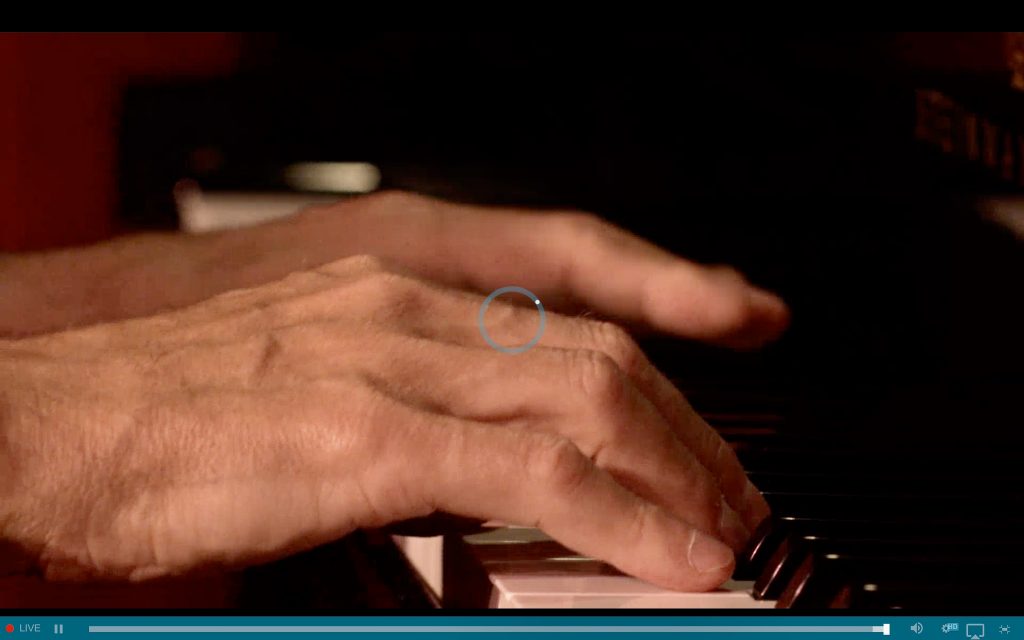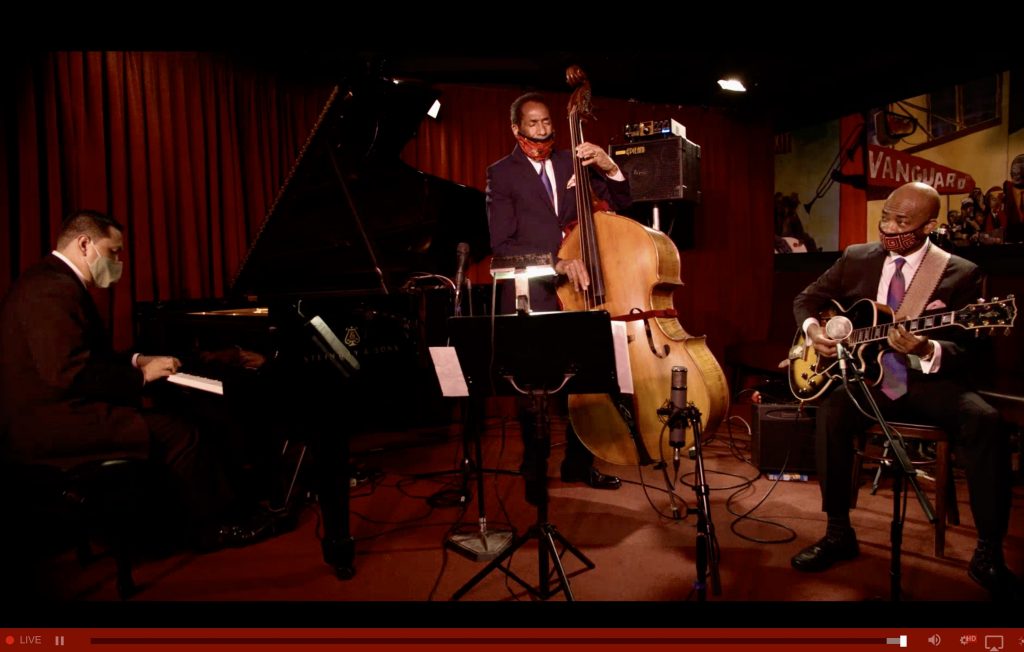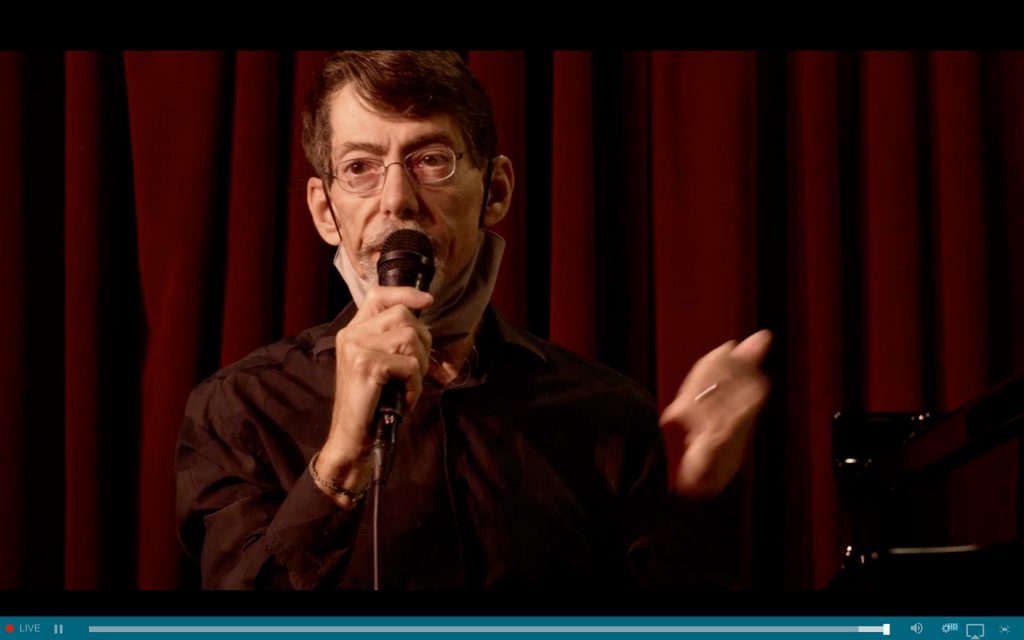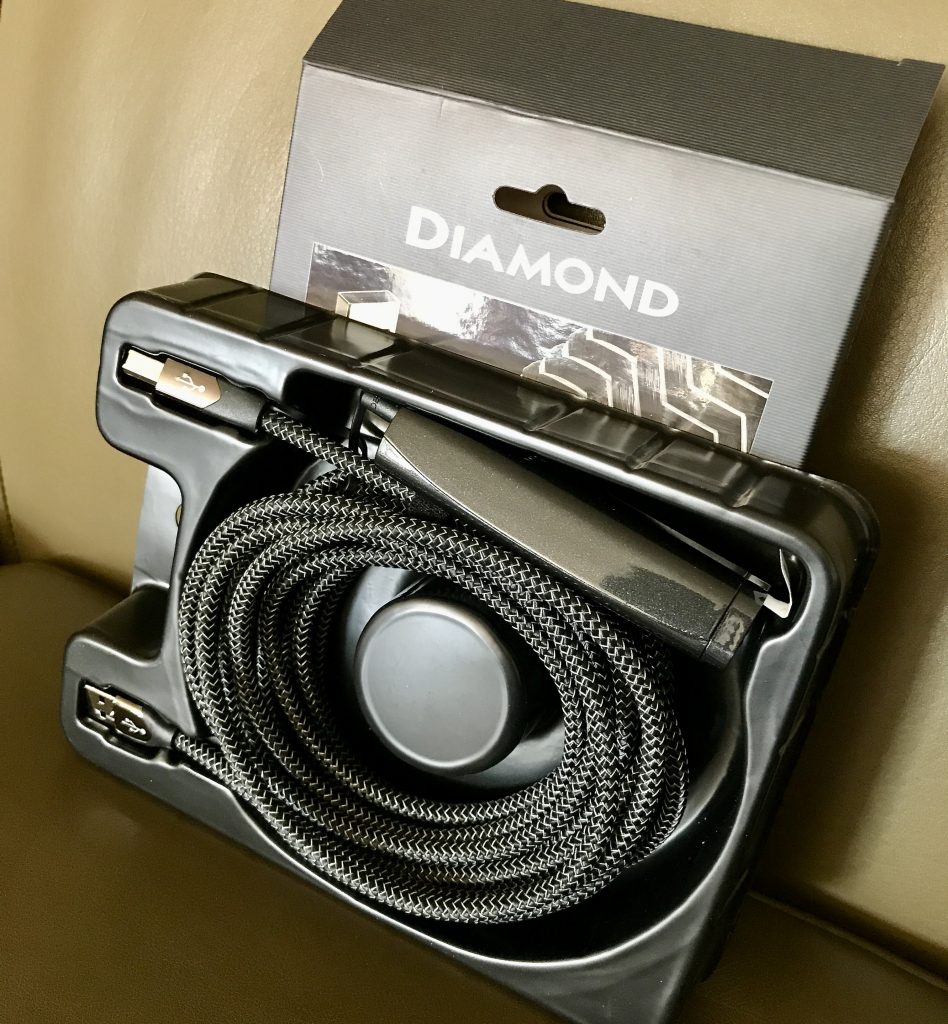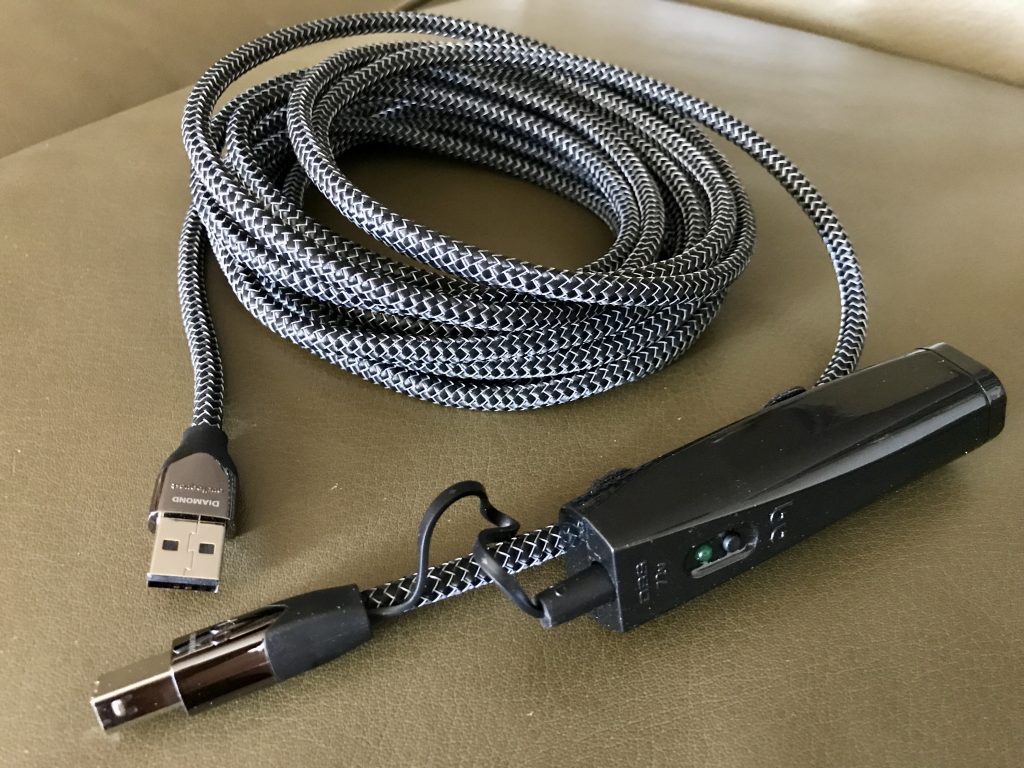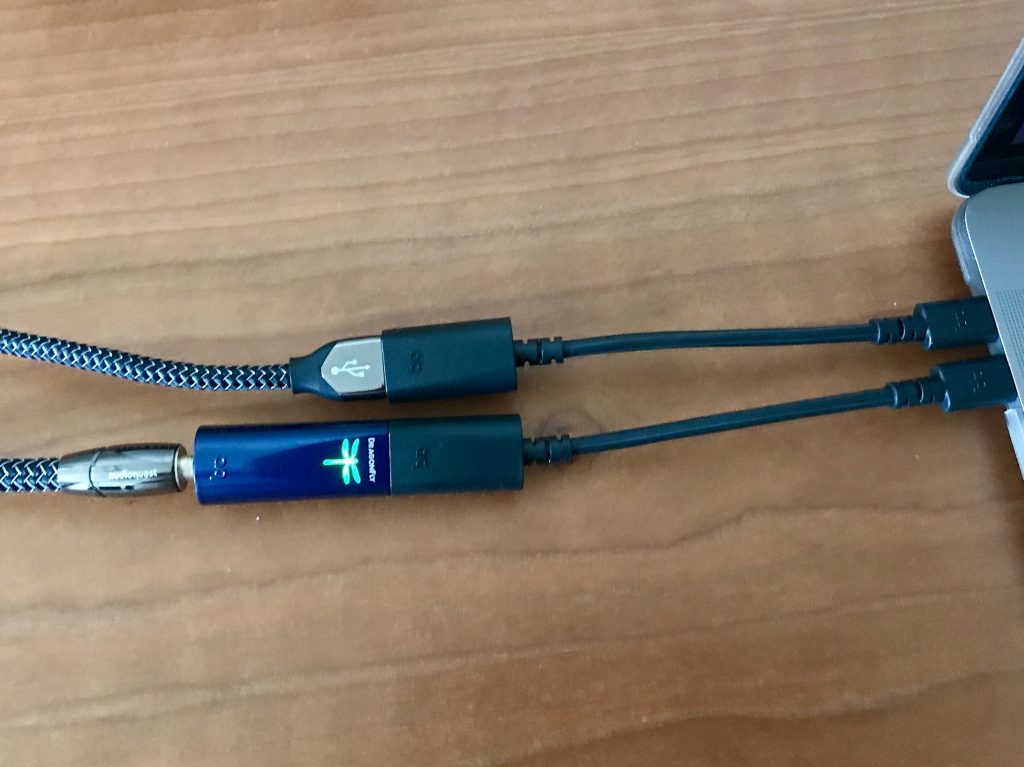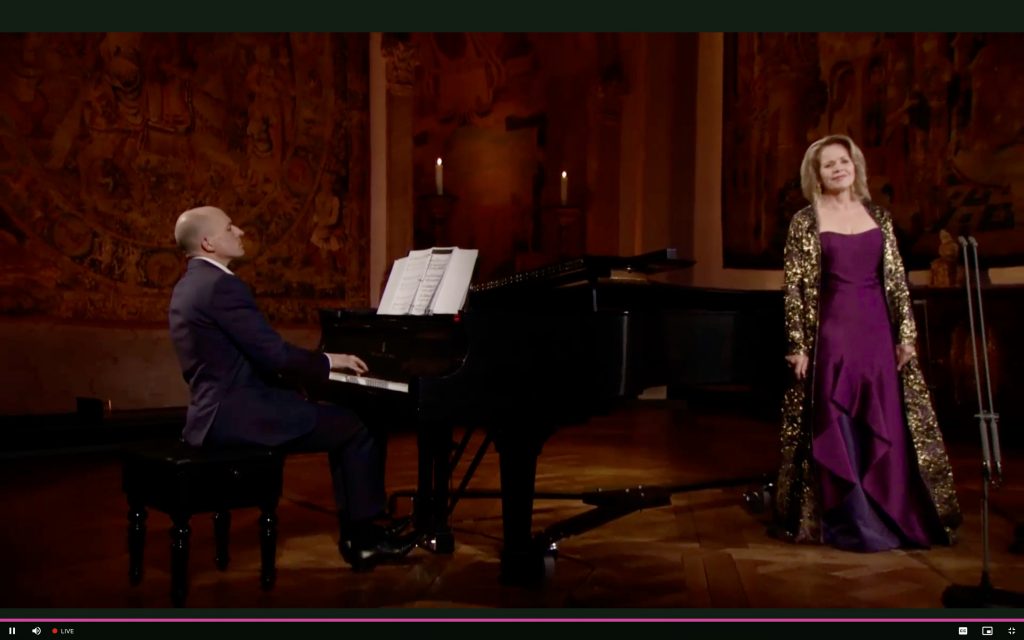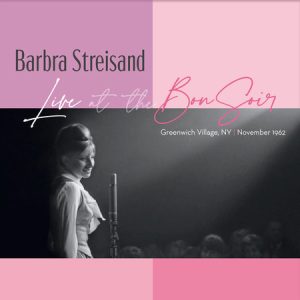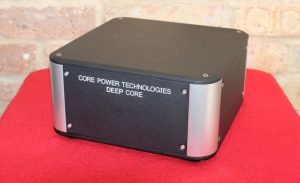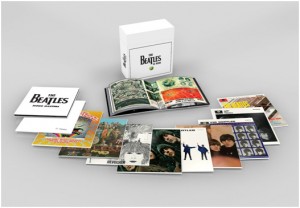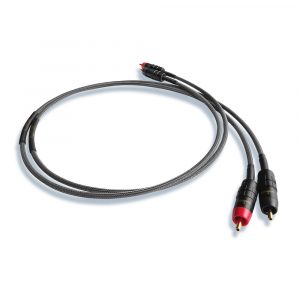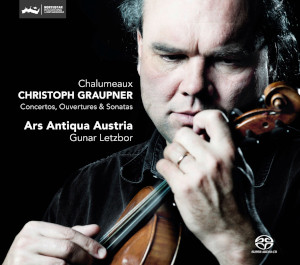Fred Hersch's hands frozen in transmission
What are the Options?
On a late summer day in August, I reflect on how little has changed since last I wrote. Cultural institutions remain shuttered as mandated, while trying to stay relevant by improvising online teasers. They initially responded to the Covid-19 lockdown with live streams via the Zoom app or the like. When you've seen a few of these and the novelty has worn off, it is tough to generate enthusiasm. The format only seems to emphasize everyones' isolation and soon becomes irritating. Alternately, there's the option of "streaming on demand" of previously recorded performances, which can be very entertaining. But it ain't live, it doesn't have the vibe we crave.
I read about one club that managed a partial comeback. The Deer Head Inn presented an evening with the great jazz pianist Bill Charlap in front of a live audience. The location was suburban: the air conditioning was off and the windows left open for fresh air to circulate; temperature checks were taken on entry; masks were mandatory; and the house was filled to one-quarter capacity, all in accordance with social distancing. The reporter thought the event something special—you could say that anytime Charlap performs—even if the mood seemed low-key, verging on depressing. At any rate, this won't work for inner city clubs: it is neither practical nor fiscally viable. I fear for these clubs and so many other service sector establishments. What's going to happen to them? How many will reopen? And what about the musicians' livelihood?
Ron Carter Trio at the Vanguard
a New Paradigm for Collective Socially Isolated Events
We remain stuck in the altered reality of pandemic lockdown. Might as well make the most of it… and the best paradigm right now is Live Streaming At The Vanguard. The storied Village Vanguard jazz club has lined up gigs with their roster of world-class artists. They assemble on the Vanguard's stage in real time and it is streamed over the internet. I bought a ticket for The Billy Hart Quartet and viewed it on my MacBook Pro laptop. The video was quite good. A professional service was engaged using three or four roving cameras—nothing remotely like the Zoom app. But the audio over the Mac… Uh, uh, that did not make the cut, certainly not for an audiophile. It was like listening to a table radio. I wasn't gonna buy another ticket for that experience.
Fred Hersch at the Vanguard
the First Level Fix
Fortunately, there are easy remedies. You have to replace the Mac's consumer-grade built-in DAC and speakers. For my first article, I used an affordable AudioQuest DragonFly Cobalt USB DAC and ran a good quality AQ Angel interconnect cable along the length of the room and into the RCA jacks of my CH Precision L1 Preamp. It is easily implemented through the Mac's System Preferences: select Sound, then Output, and finally, select your replacement DAC. I tell you the leap was huge, with so much more of the vibe and excitement coming across that I'm now filling up my calendar with dates featuring the artists I follow—much like I did in pre-Covid times.
AudioQuest Diamond USB Cable
the Maximal Fix
Today we're gonna take it to the max by porting the audio from the MacBook to a state-of-the-art DAC. To make the connection between the MacBook and my CH Precision C1 DAC I needed a long USB cable (5m). AQ sent over their best, the Diamond, and I burned it in for a week.
Diamond USB & DragonFly Cobalt
La Musica Classique
Then I did the verboten, what I promised not to. I cued up soprano Renée Fleming in recital on the Metropolitan Opera Stars Live in Concert series, and I put the DragonFly Cobalt/Angel cable up against the vaunted CH Precision C1/Diamond USB cable and let the chips fall where they may.
To its credit, the little fella didn't embarrass itself. The DragonFly put over the gestalt of the performance and was perfectly fine. Its strong suit is a smooth frequency response plus the absence of sins of commission. In other words, it does no harm. The DragonFly glowed green, indicating the broadcast had CD level resolution, and we listened to it for a while.
When it was the big guy's turn, however, it was like savoring a leisurely after-dinner stroll to the gelato joint for a double scoop of my favorite. The overall contours of the audio stream didn't alter that much but, on close observation, all of the pixels in the rendering were freshly collected. A rash of information blew into the room, the kind of supporting details that, when you gather enough of them, create a convincing auditory illusion. Everyone's voice is unique. With the C1 DAC/Diamond USB cable, we resolved sufficient vocal cues to establish that it could only be Renée conjured in our room singing Harold Arlen's Over the Rainbow.
"Where? I don't see her."
"Over there, between the speakers."
"But there's no one there."
"Close your eyes. Now can you see her?"
This has nothing to do with a 3-D, pseudo-physical object on a soundstage. There was no image, no depth cues, no soundstage—the broadcast appeared to be in mono.
Would it be too much of a stretch to say the live show was replicated but limited to a single sensory organ? Hi-fi in the upper reaches is about building up the evidence to make the case. My rig can do this trick for a soprano and piano duet. Occasionally it happens with a jazz trio or quartet, but it would never occur when there's an orchestra involved. (That's a limitation imposed by room size and my gear. The mega-systems out there wouldn't be so restricted.)
Fred Hersch at SmallsLIVE club
Conclusion
Late on a Thursday afternoon, I cooked an early dinner: blackened ribeye steaks, cauliflower, corn on the cob. I tuned in to SmallsLIVE at 5pm to catch Fred Hersch on solo piano. We sat down to eat while digging Fred's introverted, quirky sensibility (you never can tell where a tune will wind up in his hands). I pondered how, six months ago, this might be transpiring at the Jazz Standard (another NYC club with a BBQ restaurant that remains closed)—except the food from my kitchen is better.
The Live Streaming At The Vanguard paradigm is the best we have at the moment. It is not a replacement, merely a stand-in for an aspect of the quotidian life that is slipping away. Once we're back to some form of normalcy, further out, say ten years hence, it will be hard to recollect what transpired during this once-in-a-generation event (and no one will believe us anyway). So quickly snap some photos, collect some artifacts, document prodigiously.
Live streaming benefits tremendously when the audio is ported through a Hi-end rig. Every improvement you make builds the excitement and brings you closer to the performance. Just think of these hardware investments as redirecting your entertainment dollars.
Now my calendar is filling up nicely with jazz. There's a Vanguard event on weekends and I catch SmallsLIVE two or three times a week. I haven't found much on the classical side yet besides the biweekly Met Opera broadcast. You have to find your silver linings where you can.
Diamond USB Cable
Retail $799.95/1.5m; $1,499.95/5m
C1 DAC
Retail $32,000
AudioQuest
CH Precision
Streaming Resources
Here's a great source of jazz live streams to check out: SmallsLIVE
Live Streaming at the Village Vanguard
www.villagevanguard.com/live-stream/
Smoke Screens Livestream Concert Series
Carnegie Hall
Metropolitan Opera Stars Live in Concert
https://metstarslive.brightcove-services.com
Berlin Philharmonic
www.berliner-philharmoniker.de/en/titelgeschichten/20202021/concert-highlights/




